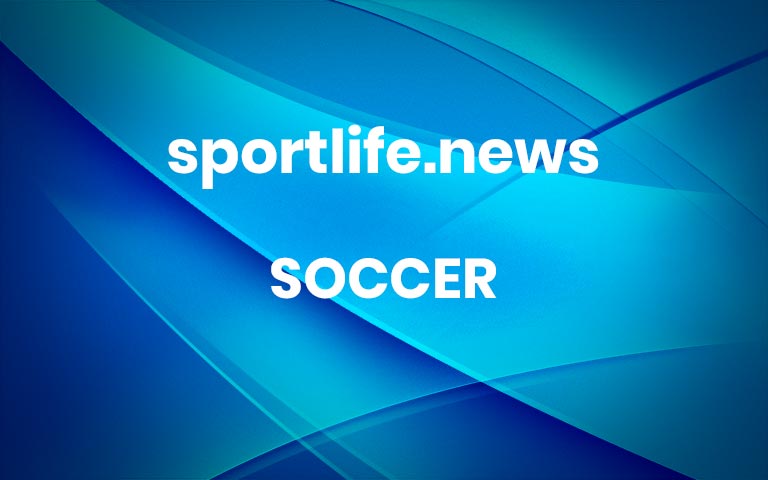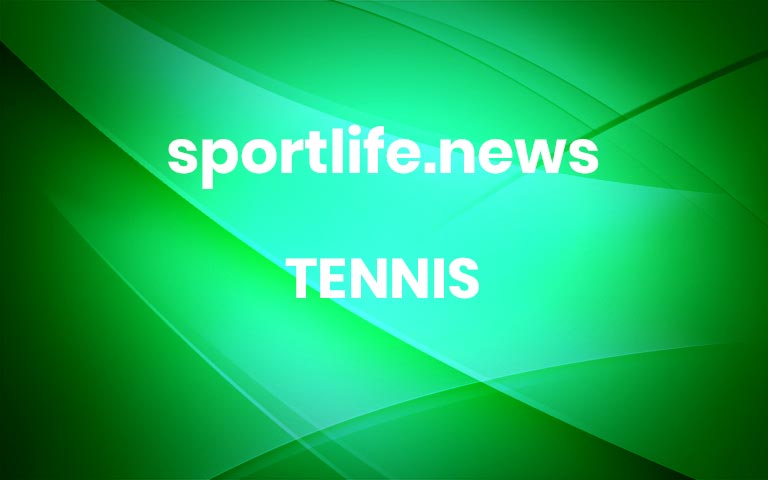For American Soccer Fans, a Late Night Was a Tense One
Fans of the Women’s World Cup in the United States on Tuesday had a critical decision to make based on a distinctive 3 a.m. kickoff: Stay up late or wake up early?At Banter Bar in Williamsburg, Brooklyn, patrons groggily stumbled through their next important decision — caffeine or alcohol, or both? They stifled yawns as they powered through the wee hours or stirred themselves from unsatisfying naps, in hopes of watching the U.S. women’s national soccer team rally in its showdown with Portugal for a spot in the single-elimination portion of the World Cup.Cups of coffee and pints of beer were the most popular drinks, but there were also plenty of Bloody Marys, gin and tonics, Red Bull vodkas and even tequila shots — a choose-your-own-adventure style Monday night or Tuesday morning, depending on your perspective.“We were going to open for this no matter what,” the bar owner Chris Keller said. “We’ve been packed for every U.S.A. game.”Under a new ordinance, Franklin Hall in Washington, D.C., was able to host a watch party and serve alcohol on tap until 4 a.m.Pete Kiehart for The New York TimesBanter Bar in the wee hours of Tuesday.Jackie Molloy for The New York TimesAnd packed it was, despite the hour. Across the United States, bars opened early or stayed open late to host soccer fans looking for a shared experience or even just a cable connection. In New York and Washington, D.C., as well as Columbus, Ohio, and Portland, Ore., and points in between, fans disrupted their regular sleeping routines to cheer on a national team that very nearly let them down before sunrise on the East Coast.In Columbus, the Pub at Lower.com Field, where the Columbus Crew of M.L.S. play, had a near-capacity crowd for the scoreless draw. Franklin Hall in Washington took advantage of a new local ordinance that allowed it to host a watch party with alcohol on tap until 4 a.m., followed by coffee on tap for most of the second half. The Sports Bra, a bar in Portland focused on women’s sports, showed the game on Fox in English and on Telemundo in Spanish because the Fox feed kept cutting out.At Banter Bar, most groups were split in terms of those who stayed up and those who crashed for a few hours before the game.“You can’t trust an alarm,” said Elena Studier, who was tucked into a booth with her partner, Marti Martinson. Studier had napped, Martinson had not. “You have to have somebody on the other side,” Studier said.The U.S. fan Han Cronig let out a yawn during the match at Franklin Hall.Pete Kiehart for The New York TimesThe TV broadcast of the game highlighted other watch parties, including one in Long Beach, Calif.Jackie Molloy for The New York TimesStudier and Martinson moved to New York City from North Carolina just two days before the decisive game. They said they were soccer fans and followed the North Carolina Courage in the N.W.S.L.“A week ago, we tried to watch the game, and there’s not much enthusiasm for women’s soccer at a Buffalo Wild Wings,” Martinson said.Studier, 27, added, “We were very excited to come watch with people who actually wanted to get up at 3 in the morning and watch women’s soccer.”Ruby Cirby was impressed with the turnout at Banter Bar. An avid soccer fan and longtime Banter patron, she said that during the Women’s World Cup in 2019, there were only about 10 people who showed up for a 7 a.m. game.“It’s a different vibe if you’re watching it at home,” Cirby said. “I feel like this is a perk of living in the city, is having bars that are open for these kinds of games.”There were only a few to choose from. Mathew Lee and Hector Conde drove to Banter Bar from Staten Island to watch the game. It happened to be Lee’s birthday — he turned 24 right after midnight. For most of the game, however, as the United States struggled to keep a scoreless draw with Portugal to advance to the round of 16, it was unclear whether Lee and Conde would be celebrating.“If they score one, we’re out,” Conde said. “That’s what makes it so nerve-racking.”Fans at Banter Bar expressed the emotions of American soccer fans everywhere.Jackie Molloy for The New York TimesThe question at Franklin Hall was: Beer or breakfast? The answer: Both.Pete Kiehart for The New York TimesThat tension was palpable for much of the game. A small TV in one corner of the bar was showing the Netherlands’ matchup with Vietnam, in which the Dutch racked up seven goals over an opponent the United States had outscored by three. By halftime, it was clear who would win the group — and it wasn’t the Americans.“I’ve been to the last two parades, and I’m hoping for a third one,” said Philip Crandall, who lives around the corner from Banter Bar. “But if they don’t sort something out, a third one doesn’t look to be in the cards.”In the second half, Banter patrons were itching for substitutions. Priscilla Osorio, who is also a follower of the N.W.S.L. club Gotham F.C., said she wanted to see “a Megan Rapinoe moment.” Osorio got her wish in the 60th minute — the bar erupted when Rapinoe checked in for Sophia Smith.“Did Vlatko wake up?” Osorio said loudly, referring to the U.S. coach.Vlatko Andonovski ultimately used all five substitutions, but nothing was enough to lift the United States past Portugal.At Banter Bar, Patrick O’Shea left no doubt about his rooting interest.Jackie Molloy for The New York TimesAbby Lore wore a U.S.-themed bow at Franklin Hall.Pete Kiehart for The New York TimesThe United States will now most likely face Sweden in the round of 16 on Sunday at 5 a.m. Eastern time — a concession for American fans who had hoped to see their team begin seven hours earlier, in a slot at 10 p.m. Eastern that looked like it had been designed with a U.S. audience in mind.Either way, Steve Gaddis was embracing the time difference with New Zealand and Australia, noting that it’s not every year that an overnight game is even possible. Gaddis attended the 2019 World Cup in France, and his sister was at Tuesday’s game in New Zealand.“How many chances do you have to get up and go to a bar?” Gaddis said. “If the next time is in 20 years, we’re going to be 50, and we’re not going to do that.”Gaddis’s friend Jessie Hunter, an architect, had her eye on her start time for work — 9 a.m. The group was planning to hit a diner after the final whistle and decompress before the workday began, the stress of the draw behind them with a new matchup and kickoff time to consider.Franklin Hall before its World Cup watch party.Pete Kiehart for The New York Times More




